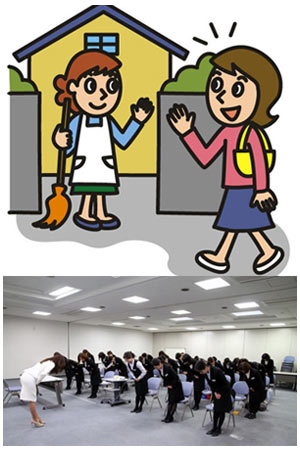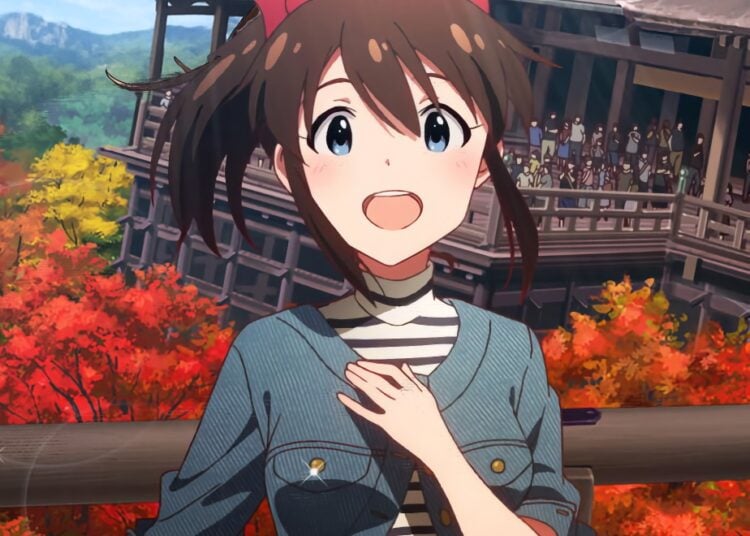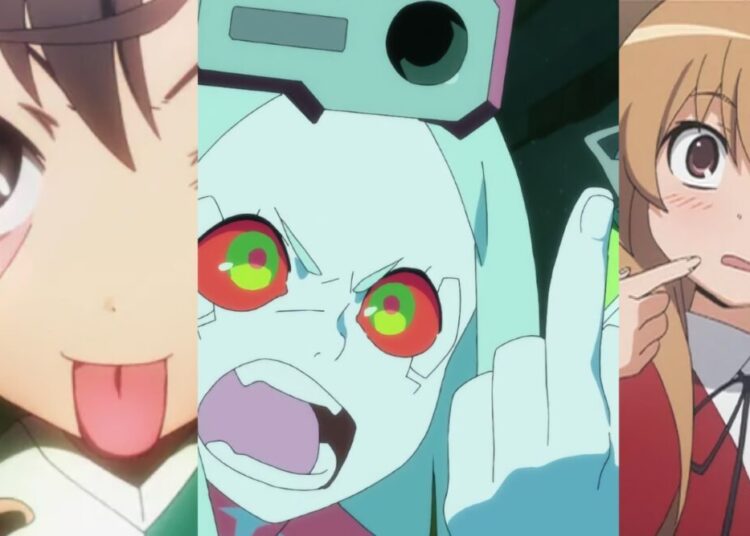All around our city there are these metal plates put up by our local PTA on which are written interesting no-nonsense slogans for raising happy children, like 弱気な子は過保護から yowaki na ko wa kahogo kara meaning “weak-minded children are caused by over-protective parents” or 親孝行見せぬ人の子供が真似る oya koukou misenu hito no kodomo ga maneru, or “those who don’t show filial piety and respect to their parents won’t receive it from their children.” Another of these slogans is 挨拶できる子は非行なし aisatsu dekiru ko wa hikou nashi or “a child who can greet others properly will not encounter difficulties in life.” The Japanese concept of 挨拶 aisatsu, simply meaning “greetings,” is quite an involved one, going well beyond the salutation you give to an acquaintance when you see them in the morning. Japan is a very “vertical” society, with people organized in senpai/kohai (senior/junior) relationships in school, club or work environments, and one of the rules of this system is that junior members should go out of their way to greet senior members as soon as they see them, which makes social relationships work more smoothly. The word aisatsu is also used to describe formal greetings like meeting your finance’s parents for the first time or greeting someone in the new year, as well as the long, drawling speeches given at formal events.

The concept of “greetings” can be quite complex.














